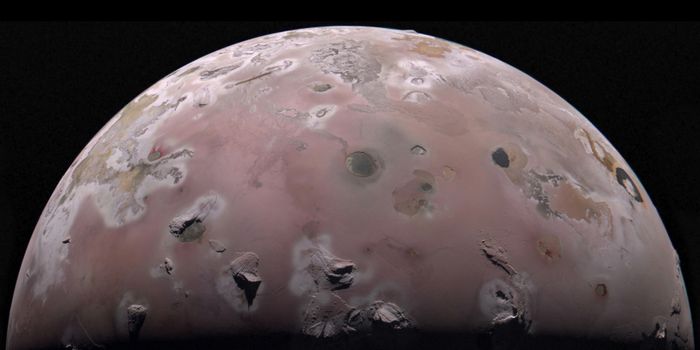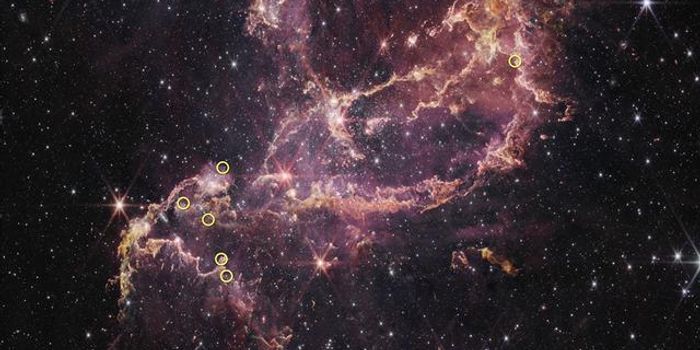A Very Distant Galaxy From the Early Universe Is a Lot Like the Milky Way
With the power of the Atacama Large Millimeter/submillimeter Array (ALMA), astronomers have been able to identify a very young galaxy that looks a lot like our own. The light from this extremely distant galaxy has taken over 12 billion years to arrive here, so the astronomers' view of it comes from when the Universe was only 1.4 billion years old. Since galaxies were still forming in the early age of the Universe, scientists expected that they would lack structure and be less distinct than mature galaxies. The discovery was surprising because it reveals that there was less chaos at that time than scientists expected, and it has challenged ideas about how galaxies form. The findings have been reported in Nature.
"This result represents a breakthrough in the field of galaxy formation, showing that the structures that we observe in nearby spiral galaxies and in our Milky Way were already in place 12 billion years ago," says Francesca Rizzo, a graduate student at the Max Planck Institute for Astrophysics in Germany.
The galaxy, called SPT0418-47, has at least two of the same characteristics as the Milky Way; it has a rotating disc and a group of stars or bulge packed around its center. It does not seem to have spiral arms, but this is the first time such a bulge has been observed in the early Universe, and it's the most distant galaxy that resembles the Milky Way.
"The big surprise was to find that this galaxy is actually quite similar to nearby galaxies, contrary to all expectations from the models and previous, less detailed, observations," said the study co-author Filippo Fraternali of the Kapteyn Astronomical Institute at the University of Groningen in the Netherlands.
Galaxies like SPT0418-47 are so far away, studying it can help us understand how galaxies evolve. Its light took so long to get here that we see it when the Universe was ten percent of its current age, while galaxies were just babies.
The distance of this galaxy was so vast, the researchers actually had to use another galaxy as a kind of magnifying glass to see it. This gravitational lensing technique distorts the view, causing the galaxy to look like a ring of light around the other galaxy. The true shape was reconstructed by the researchers with computational tools.
"When I first saw the reconstructed image of SPT0418-47 I could not believe it: a treasure chest was opening," said Rizzo.
"What we found was quite puzzling; despite forming stars at a high rate, and therefore being the site of highly energetic processes, SPT0418-47 is the most well-ordered galaxy disc ever observed in the early Universe," noted study co-author Simona Vegetti, also from the Max Planck Institute for Astrophysics. "This result is quite unexpected and has important implications for how we think galaxies evolve."
The researchers added that while the galaxy has a lot in common with the Milky Way now, they expect it to grow into an elliptical and not a spiral galaxy.
Sources: Science Daily via European Southern Observatory, Nature








